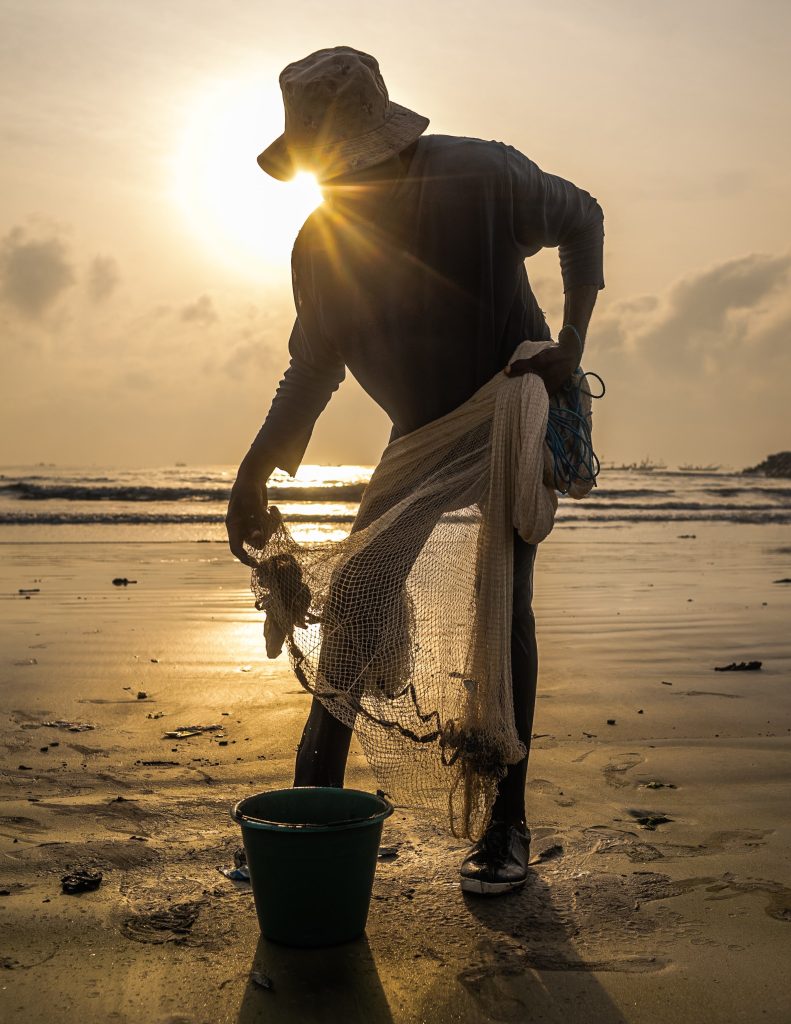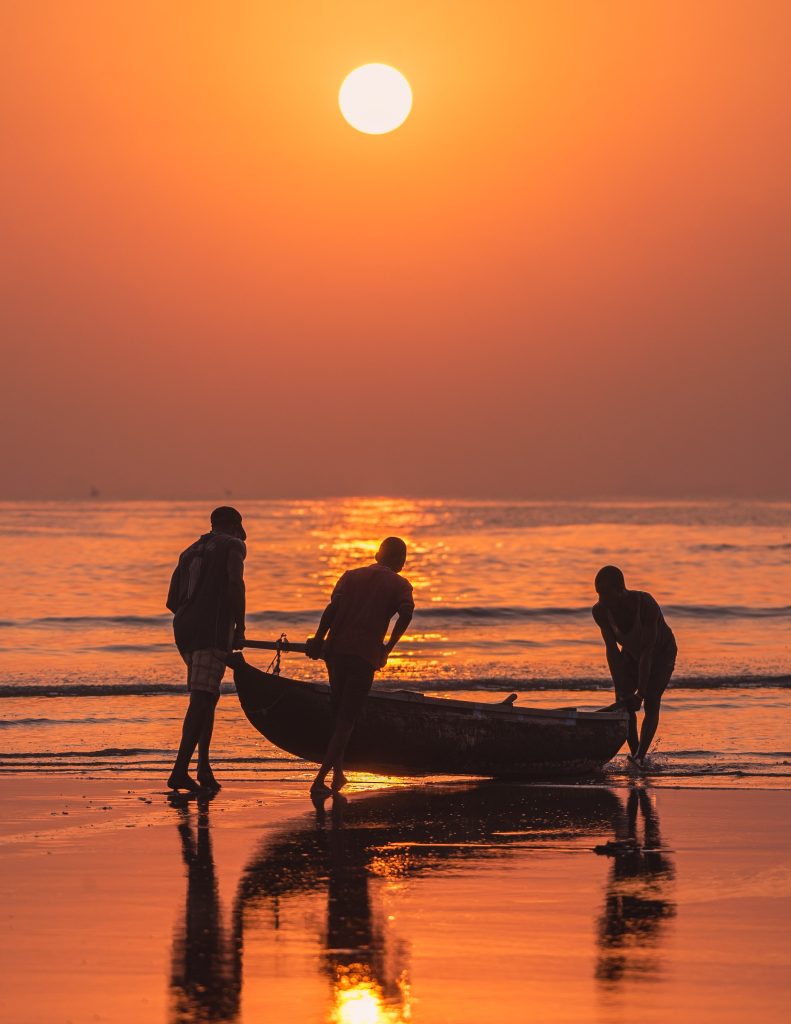Sometimes it’s necessary to take a deliberate step back, to pause the rhythm of making and return to the quiet discipline of reflection. Because, much like life itself, photography is not merely about what we see, but how we see; it consistently demands new ways of looking, thinking, moving, and feeling. So we did just that. We took time to research, read, revamp, and reinforce our understanding of photographic media through repetition and rigorous revisiting of the many ways critics and practitioners have tried, in print and in practice, to define what makes a photograph good.
In an age oversaturated with enthusiastic mobile creators, digital hobbyists, and AI-assisted imagery, stepping back has never been more vital. It’s an act of resistance, to refocus the eye, to refine discernment, to recognise what still possesses integrity amidst the noise. It was during this quiet, almost scholarly pilgrimage that we encountered the work of Solomon Tetteh, a photographer who, with striking clarity, bridges the worlds of documentary and fine art. In a single frame, he articulates what so many of us have struggled to put into words: the rare moment where truth and beauty coexist without compromise.
What a rare pleasure to encounter photography that feels genuinely refreshing, the kind that gives the eyes a moment of gratitude, a reprieve from visual excess. In its quiet clarity, words begin to gather of their own accord, and before long, there’s an irresistible urge to write, to respond, to translate that visual relief into a random thought. Solomon Tetteh’s work pushes the boundaries of documentary and fine art photography by refusing to separate observation from interpretation. His images move beyond mere documentation; they feel lived in, yet composed with a painter’s instinct. He captures reality not as a fixed truth, but as something emotionally fluid, shaped by memory, mood, and movement. In doing so, Tetteh challenges the old divide between fact and feeling, proving that photography can both record and reimagine our world at once. A shutter which reminds us that the most powerful images aren’t about what meets the eye, but what’s sensed in that sacred act of seeing.
The Collectors Project, unlike the Journal Project, calls for a more curious curation and a careful consideration of the conversations we choose to have. But before we move into that next chapter, another Journal Project wouldn’t hurt; photography like this continues to confirm that this is the creative course worth committing.
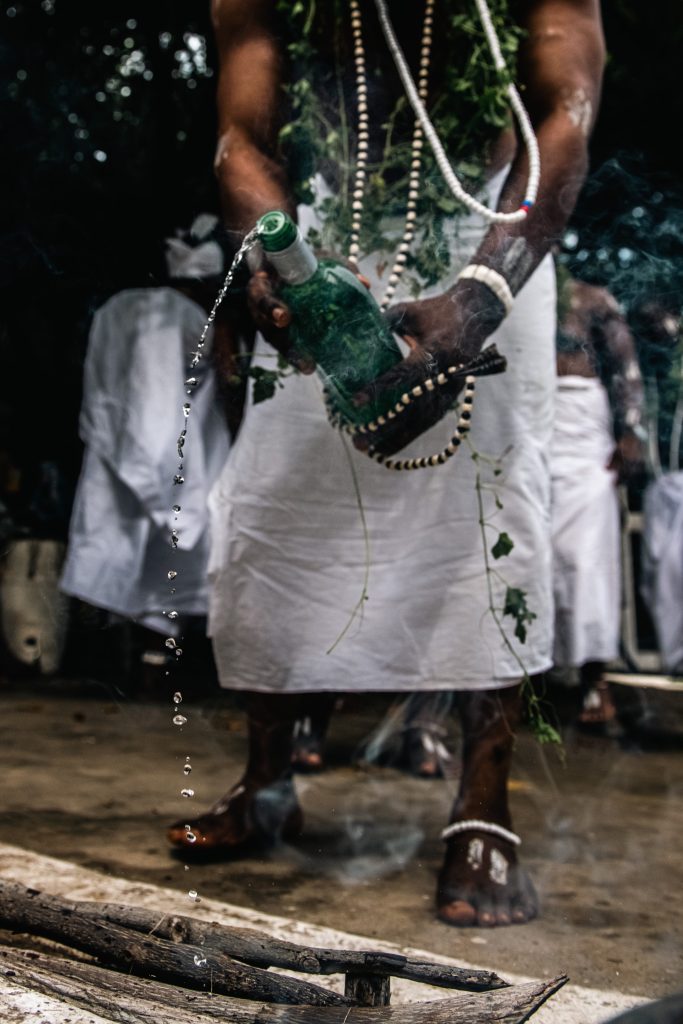
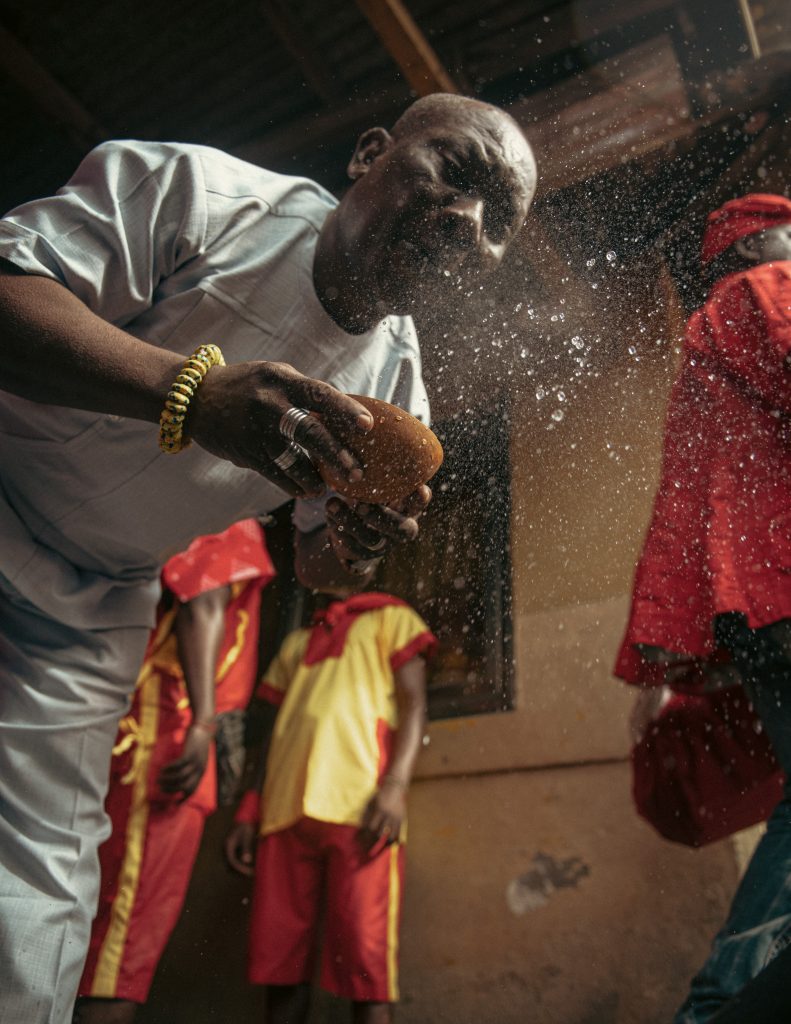
To begin, could you speak a bit about your relationship with colour in photography, what it means to you as a fine art photographer and how it shapes the emotional tone of your work?
As someone who began with landscape and nature photography, colour is absolutely fundamental to how I see and interpret the world. It has always been more than just a visual element; it’s the emotional thread that ties an image together. I believe colour has quietly guided my storytelling over the years, shaping how I communicate atmosphere, mood, and even silence. When I look at colour, I don’t just see hue or tone; I see a psychological language, a way of translating the feeling of a place or the temperament of a subject. The warmth of dusk light, the blue stillness of early morning, the muted greys of a quiet city, each carries its own emotional frequency. Colour allows me to balance those sensations and use them to lead the viewer into a certain state of mind. So, whether I’m photographing people or spaces, be it a portrait, a landscape, or an interior, colour becomes my emotional compass. It helps me heighten or soften tension, build intimacy, or reveal distance. In many ways, it’s not just part of my process; it is my process, because it’s through colour that I find the emotional truth of what I’m trying to express.

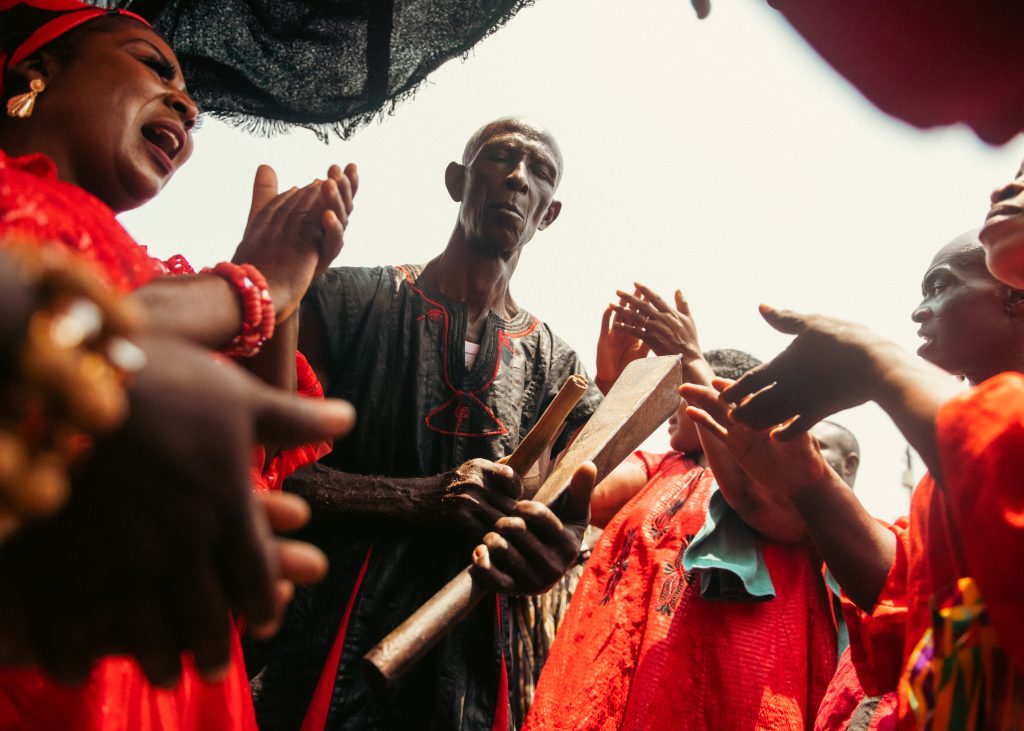
Have any of your subjects ever asked you not to publish a particular image? If so, what was that moment like for you, and how did you navigate it as both an artist and a person?
I remember one particular encounter at the beach that has stayed with me over the years. I met a woman and her friend who were collecting plastic bottles along the shore. The light was perfect, the waves gentle, and there was something quietly dignified about their movements, the rhythm of their work, the care they took in gathering what others had discarded. They were open to having their photos taken, but one of them hesitated. She confided that her younger son didn’t know about the kind of work she did, the daily collecting of plastic, and she was worried about what might happen if the photo appeared online.
Out of respect for her privacy and her wishes, I promised not to share the image publicly. Instead, I printed the photograph and gave it to them as a gift, a small gesture, but one that felt more meaningful than any post could ever be. That moment reminded me that photography, at its core, isn’t just about aesthetics or recognition; it’s about connection, empathy, and trust.
As artists, we often think about how to share our work with the world, how to build visibility and momentum around our craft. But that experience taught me that the people in front of our lens aren’t just subjects; they’re human beings with their own stories, vulnerabilities, and boundaries. Balancing creativity with empathy is essential. Sometimes the most powerful act isn’t in showing the image to the world, it’s in knowing when not to. For me, that was a quiet but defining lesson: being a compassionate human is just as important as being an artist.
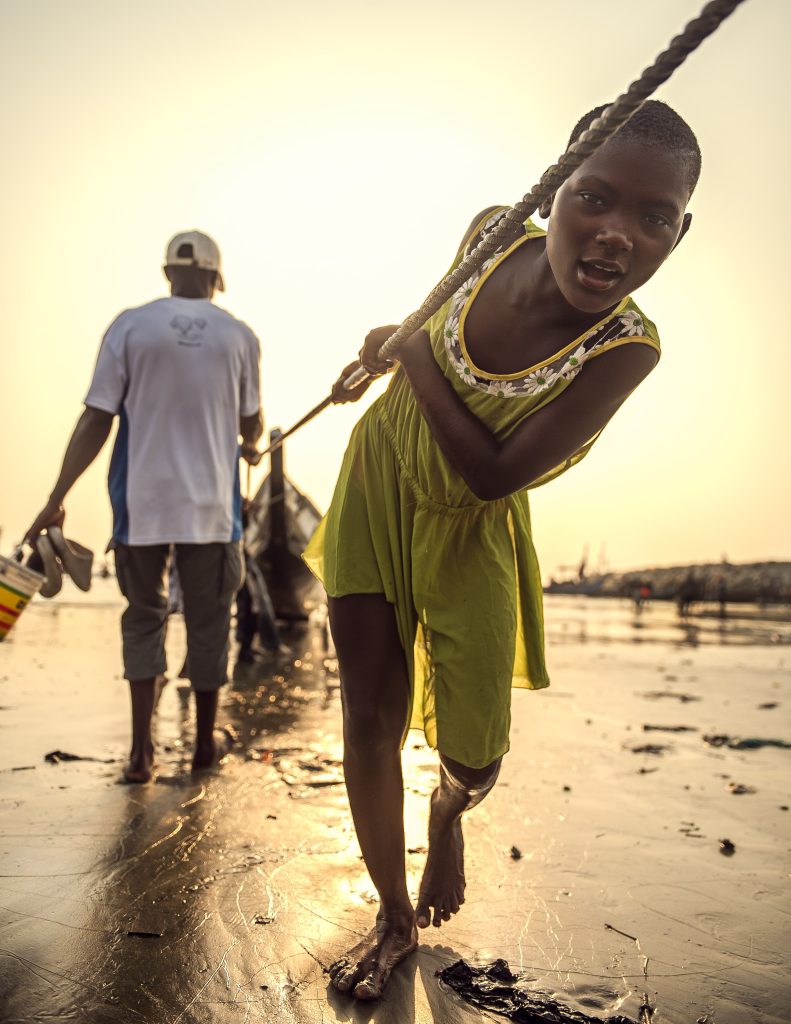
Your imagery often carries the presence of ritual, spirit, and fire. Do you see your work more as a spiritual practice or as a visual document of those worlds?
Being there, fully present, watching the rituals unfold before me, there’s always a sense of reverence that comes with those moments. Having my camera in hand feels almost like being entrusted with a responsibility, not just a tool. It allows me to document gestures, movements, and symbols that often exist only within specific communities or spiritual spaces, moments that might otherwise go unseen or unrecorded. I like to think of my work as a form of visual documentation of those worlds, an archive of human expression, belief, and rhythm. But more than documentation, it’s also an act of translation: taking something deeply intimate and transforming it into an image that can communicate across cultures and emotions. My goal isn’t just to capture what happens; it’s to convey the energy, the presence, and the unspoken language that lives within those rituals.
Each time I’m behind the camera in such settings, I’m reminded that photography can be both witness and participant, a bridge between the sacred and the everyday.
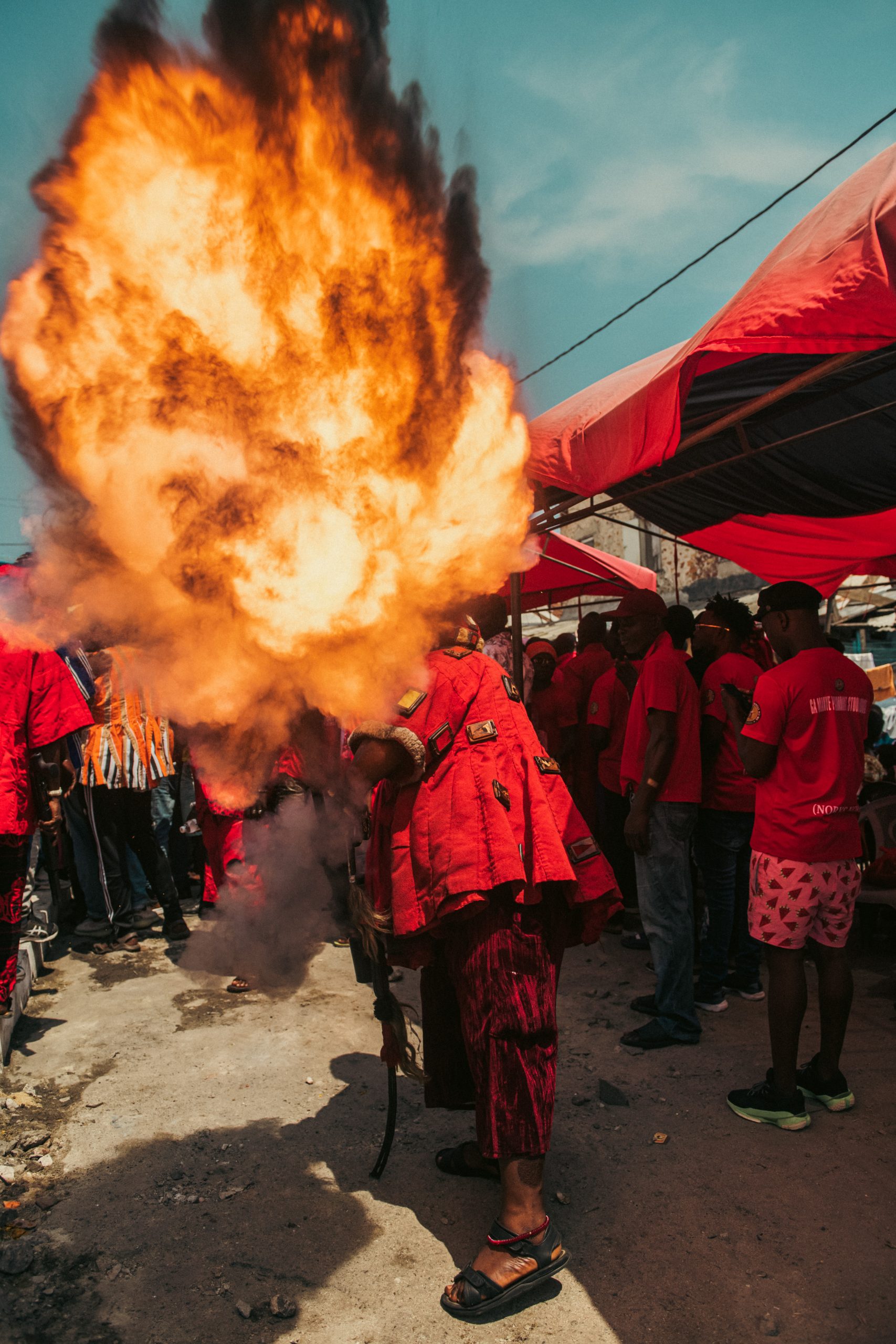
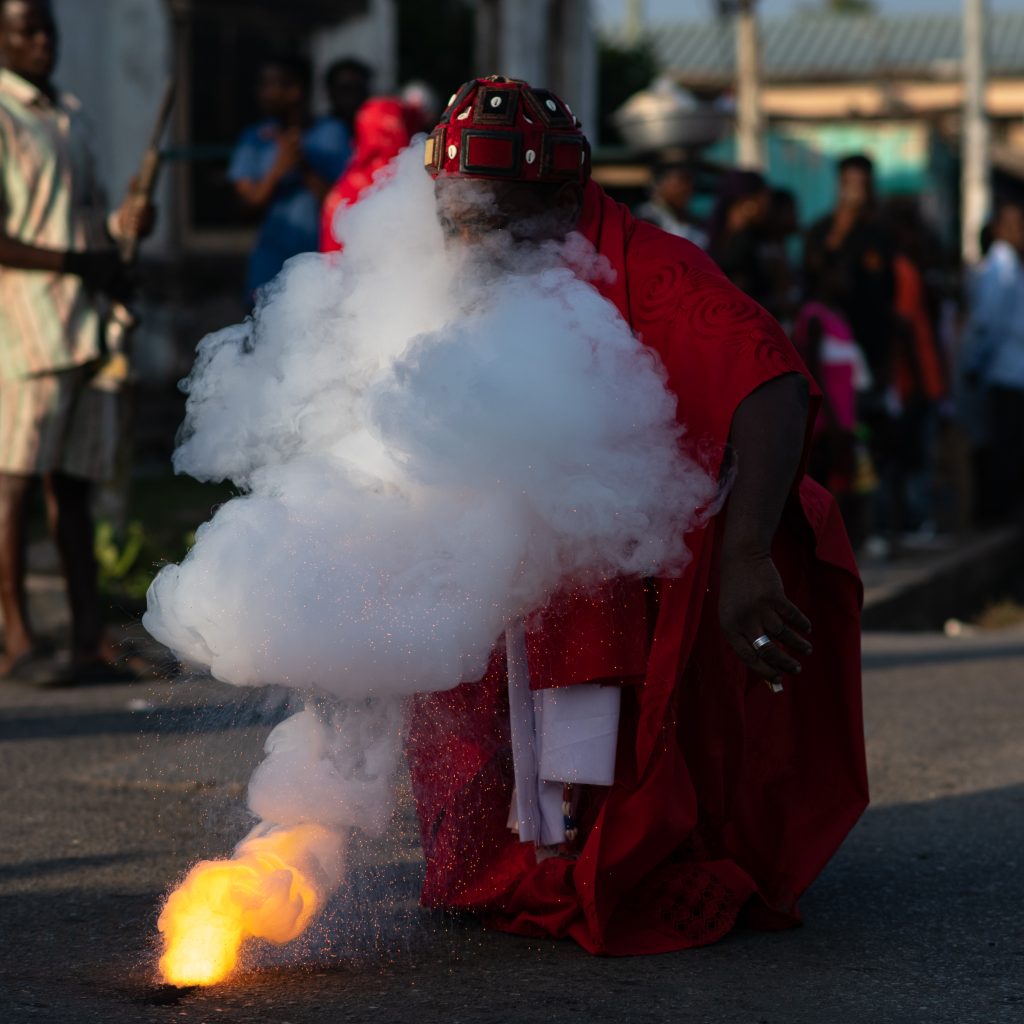
When entering sacred or intimate spaces with your camera, how do you negotiate your position between being an observer and being within the moment, between outsider and insider?
Before I enter any sacred or intimate space, I make sure to do thorough research. Sometimes I speak with locals. I learn a little about the ceremony protocols and key figures that would be involved. sometimes even the dress code like colors that will be accepted within the space and colors that would not be accepted so by default i would love to document every moment of the ceremony that is for me to be within that moment but there are there are places and activities they prevent you from shooting so within that moments as well you end up becoming like an outsider so
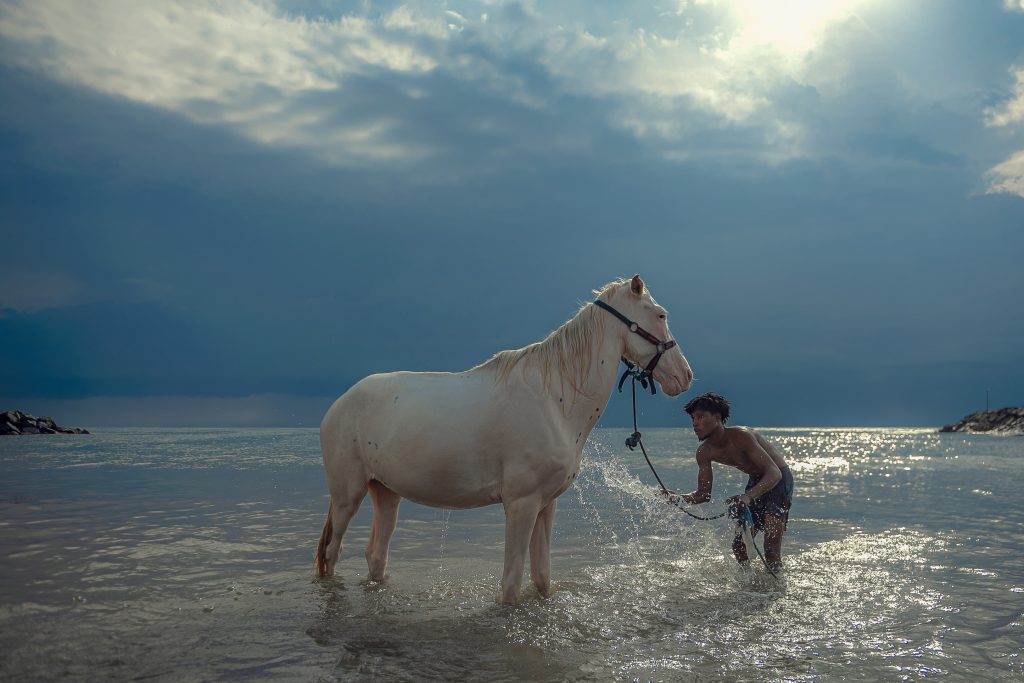
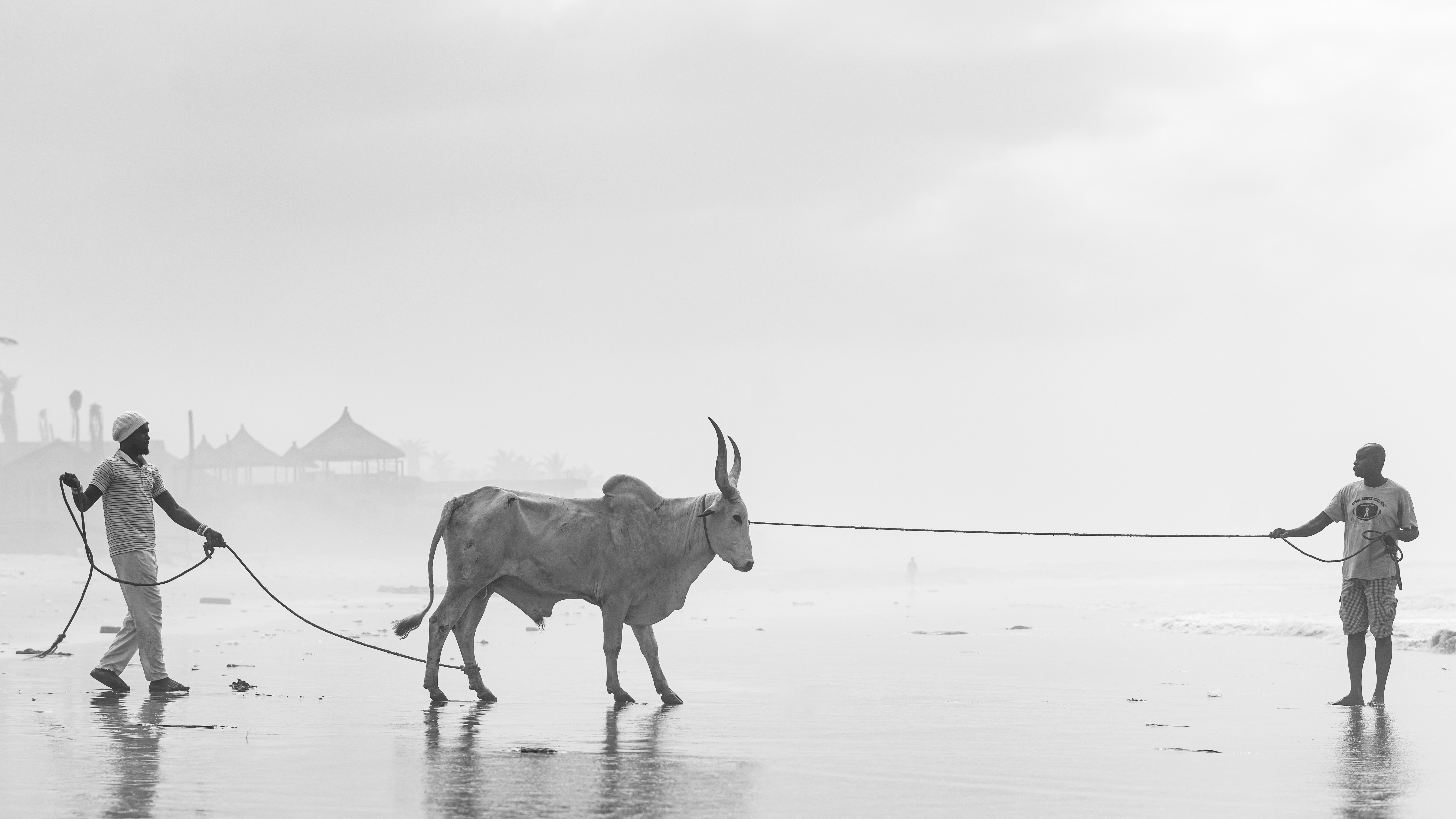
In the series of images you shared with us, which one stands out as your personal favourite, and could you tell me the story behind it, why that image carries particular meaning for you?
In the scene, a man is carrying a deity, about to step out onto freshly burnt gunpowder. The gunpowder is still hot, with sparks lingering in the air and smoke enveloping him. His face is hidden, adding an air of mystery. This image, for me, encapsulates the essence of why I do what I do. It’s filled with intrigue and sparks conversation, as viewers are left wondering what’s happening and what the man is carrying. I love how such images provoke curiosity and let the audience come up with their own interpretations.
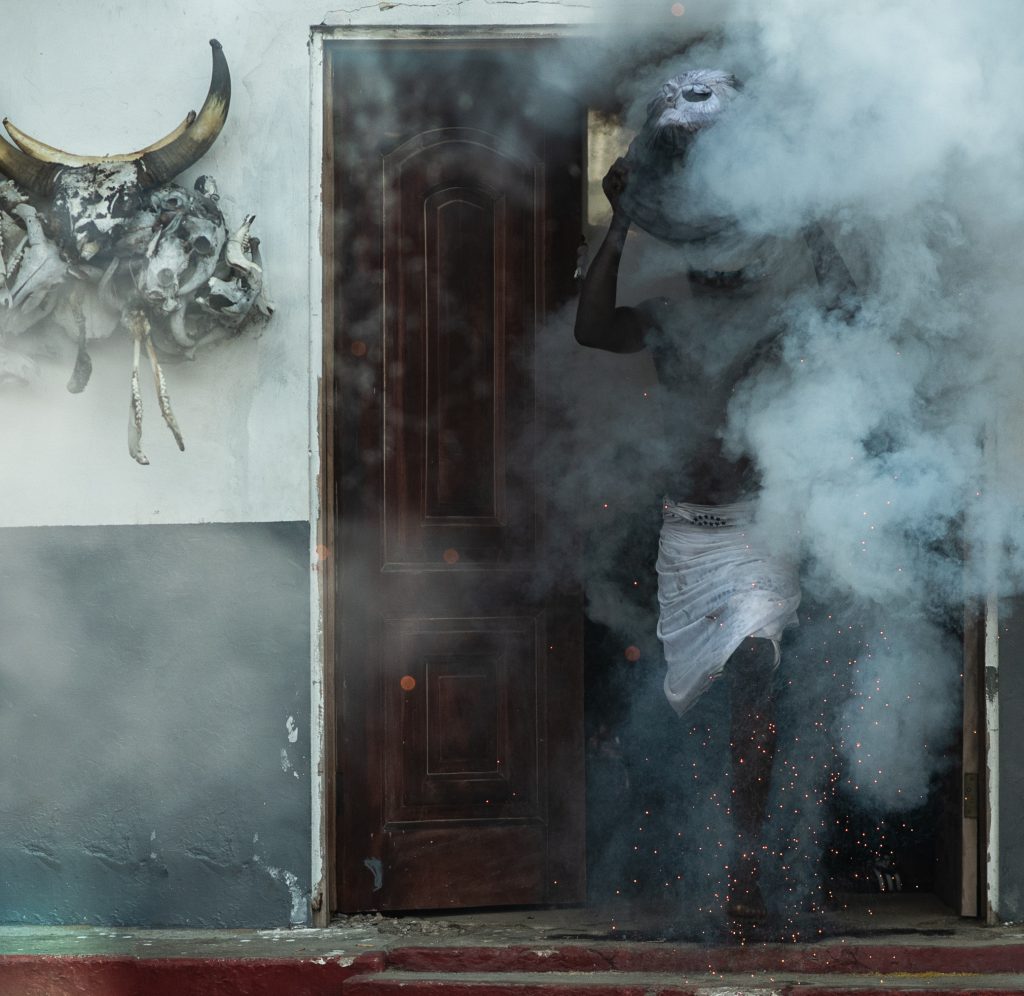
Is there a photographer or artist whose work resonates deeply with you, someone whose vision or journey continues to guide your own? What is it about their practice that makes them significant to you?
That would be the late Bob Pixel from Ghana. He has always been, and continues to be, a profound source of inspiration for me. His work is timeless; every image he made carries a sense of truth, dignity, and humanity that transcends trends or technique. When I first started photography, he was one of the people I looked up to deeply. The way he was able to capture moments that felt both spontaneous and intentional, always revealing authenticity and emotional depth, taught me that photography isn’t just about what you see, but about what you feel when you see it.
I often find myself returning to his work, studying the way he composed his frames, the subtlety of his angles, and the way his colour tones carried emotion. There’s a warmth and honesty in his storytelling that reminds me why I started doing this in the first place. Bob Pixel had a rare gift for seeing people, not as subjects, but as whole human beings, and that’s something I aspire to carry forward in my own practice.
He’s left behind a legacy that will continue to inspire generations of photographers, not just in Ghana but across the continent and beyond. His images remind us that photography is more than documentation; it’s preservation, it’s emotion, it’s memory. That pushes me to continually improve, to be intentional with my work, and to preserve meaningful moments that might one day speak for themselves. Because ultimately, that’s what it’s all about, not just being a part of history, but leaving a legacy that others can build upon.
Finally, as your work continues to evolve, what conversations do you hope your photographs will start, either within your community, the art world, or among those seeing your images for the first time?
I want my photos to provoke conversations about preservation, the need and importance to document our people, cultures and places before they change or disappear. I hope my images act as time capsules, right? Teaching those who weren’t there. reminding those who were there and persuading communities to value their own visual history. If my work can make people care about recording the present for the future, then I’ve done something important right, so yeah, I would love for my photos to provoke conversations about preservation, the need and importance to document and preserve moments.
